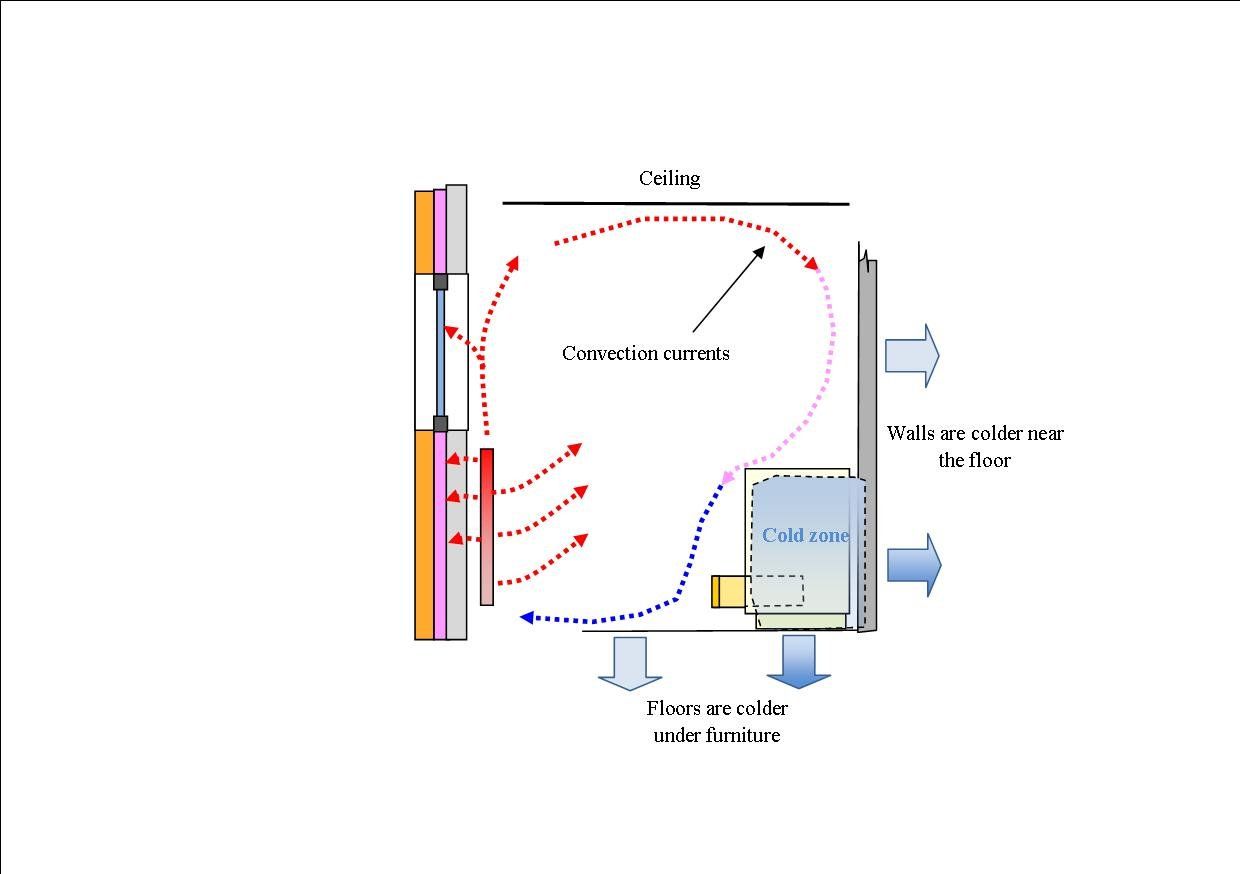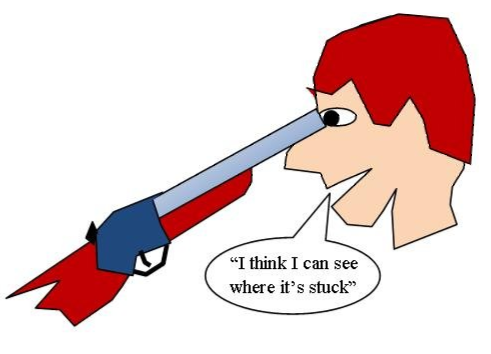Employing a Nightmare!
What's the best way of getting a decent job done?

Getting someone in to install central heating, a new bathroom suite, or electrical works should be straightforward. Get 3 quotes (not estimates), look for trade association logo, and then reviews. Simple.
Reviews – who do you believe though? The reviews on the trader’s website? They could have written them themselves. What about the various websites that advertise you can 'trust certain traders'? Surely they must be true? In theory yes – in practice NO!
Ah but they must be okay as they have a trade logo stating they are a member of XYZ trade. Nope – That doesn’t mean much other than they pay an annual subscription. Technically a business can be expelled if there is a good reason for it. You can check if a trader is a member if you know their membership number. Rogue traders have been known to put various trade association logos on their vans and letter heads even though they are not members.
What about the guy who advertises that he has passed his GNVQ? It’s an achievement but not really a trade qualification.
A recent case:
A lady wanted full central heating put in to her terraced house. The neighbour had his done a few years ago by British Gas and they did a great job. Problem for the lady was she couldn’t afford the British Gas price.
Never mind, a freebee newspaper came through the letterbox with a flyer. It was advertising a Central Heating business. Local and had 5 star rating with one of those firms who claim you can trust their members (You know the one).

The reviews were really good and keen prices. She had
someone round who explained what they would do and then send an estimate
through the post. So far so good; A local business, has the Gas Safe logo on
the letter headed paper. They wanted 50% up front and the balance when the job
was completed. (Not so good)
The lady accepted the estimate and the contractor arrived in a beaten up old van. Two guys, neither of which were the guy who had been before. Lady went to work leaving the contractors to get on with the job.
I was working next door and could hear the noise through the wall. It sounded like they were using a Mickey mouse drill, not pneumatic masonry and took forever to drill each hole. Their tools were certainly not tradesman quality. DIY at best.
Two days after they started the neighbour asked me to look at what they had done so far. They had the gas boiler fired up and the radiators were hot, but what a mess! The surveyor (Boss of the firm) had agreed that gas pipe that was to have been run up behind the stairs (as it had been next door). The contractor had run a new pipe that went down under the floor.

The 22mm dia pipe had been notched into every floor joist across the house. 100mm joist with a 35mm notch out of it right next to the bearing (support). The pipe diameter then increases to 25mm dia before going up through the floor into the room above. It then reduces back down to 22mm dia before going into the loft. From there it drops down to feed the boiler in an upstairs back bedroom.
Next door also had their boiler fitted in a cupboard in the back bedroom. Their gas pipe was 22mm diameter only and was neatly run from the cupboard under the stairs, through the first floor up to the boiler. Not noticeable other than in the stair cupboard.
In contrast the lady now had very deep notches in every floor joist next to the bearing. (Apart from the notches being too deep they should not be anywhere near the joist bearings as stated in the Building Regulations and TRADA documents).
There are unsightly pipes in the corner of the main living room and the main bedroom above. The water pipes to the radiators have been run above the floor even though the original surveyor had assured her that the pipes would be run under the floor.
As you can see by the photos the fitters were not good tradesmen. Cowboys at best.
So what happened next?
The lady could smell gas so she called the emergency line. They arrived and found that one of the many compression fittings had not been tightened enough. (The fitters should have tested for gas leaks before they had left for the day).
The Gas Safe were called in to inspect the work.
The contractor is known to them but is still in business. He has signed the work off after putting all the long list of things that were not in compliance with the Gas Regulations.
(The photo's were taken after he had put the work right. According to the contractor the work was okay now)
The end result is the lady still has the notches in the floor joists, still has varying diameter gas pipes with an end pressure on the very minimum feed for the gas boiler. The pipe work still runs up the walls and over the floors.
It has been an impossible task to find another contractor to put the work right. Many refused even to look at the job and those who did say that it is not something they want to become involved in.
Take the contractor to Court!
Not worth it. The contractor is listed at Companies House so it was easy to check. He has declared assets of less than £500. Even if the lady had the money to take the contractor to Court it is unlikely that he would pay her for the damages and the money he took as a deposit.
Back to the start then
How to select a contractor
- Recommendation -
Good tradesman often don’t advertise as they get more than enough work from word of mouth.
- Homework -
Use the Internet to see if people are complaining about the business. There‘s normally three sides to each story; the customer's side, the tradesman's side and the truth.
- Companies House -
Check to see the trading accounts. Also if there have been lots of changes of directors. (The firm in question used to have several directors but they had all resigned several months ago. That included family members).
- Bad signs -
If a contractor wants 50% of the bill up front it could indicate a cash flow problem. (If local suppliers won’t give credit to a business it indicates they know something is wrong).
- Statements -
If the surveyor states certain things will be done ask for it to be confirmed on the quote. Words are cheap and if it does end up in Court having it in writing is an advantage.
- Estimates V Quotes - Ask for a quote. The difference between an estimate and a quote can cost you dearly.
The difference between an estimate and a quote:
An estimate is approximate. They think it will cost xyz. They can invoice you whatever they like afterwards as you have accepted the estimate.
A quote is specific. They will do the job for £x. If they do more work than they quoted for then they require more money. That is reasonable.
For example a plumber quotes for replacing an old boiler. When he takes the old one off he finds the wall behind is not strong enough to take the weight of the new one and additional steel brackets are required. That would be a reasonable extra. In contrast the contractor hasn’t allowed for enough pipe work, fittings and a special flue. Sorry he should have known that – his mistake and should not charge more. However things do happen and a reasonable customer would probably accept the mistake and agree to pay even though they are technically not obliged to. Any decent tradesman would be too embarrassed to admit he had messed up and would put it down to experience.
Contracts are technical documents. Many, if not most small trade contractors do their own quotes and or estimates. Many, if not most have not been trained in the documentation side. They can be an excellent plumber or electrician and get plenty of work but when it comes down to paperwork it is not their forte. According to statistics more people go out of business due to the paperwork side than because they are bad workers.
There's more tips on getting jobs done in Buying Your First Home Handbook





